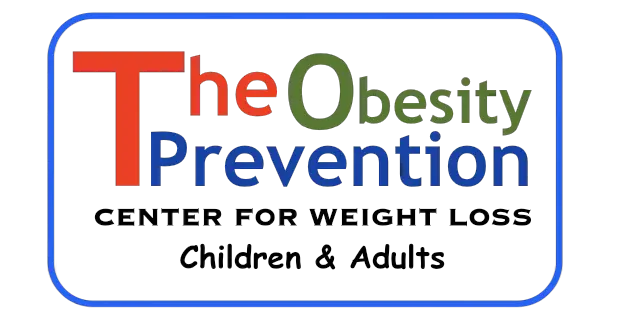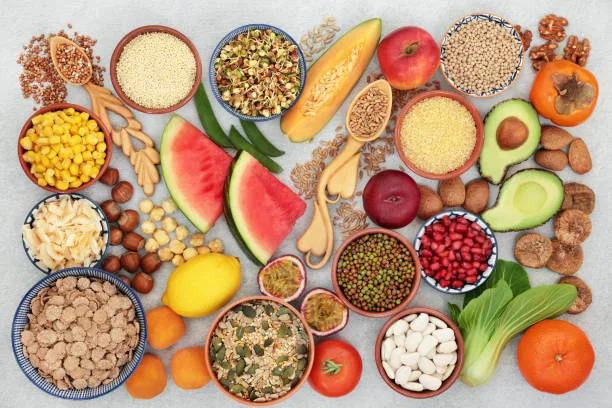When trying to lose weight, eating nutritious, flavorful foods is so important. Bland “diet” foods often leave us feeling unsatisfied and hungry. The key is incorporating ingredients that provide taste and nutrition to support weight loss goals while keeping energy levels high.
Our food choices matter just as much as portion sizes for weight loss. Packing meals and snacks with more wholesome, minimally processed ingredients lets us cut calories without sacrificing satisfaction. With the right foods, even “diet” meals can be delicious and filling. Which healthy ingredients should we add to our grocery lists? Let’s explore some tasty options.
Protein Is Crucial
Protein plays an essential role in building and maintaining muscle mass, directly impacting metabolism and calorie burn for weight loss. It also promotes satiety thanks to its slow digestion process. Excellent lean protein sources for weight loss include:
Chicken and turkey breast offer stellar protein with less fat than red meat. Grilled or baked poultry makes an easy, versatile meal foundation.
Tofu and other soy foods like tempeh provide complete plant-based protein and valuable nutrients like iron, calcium and omega-3s. Incorporate tofu into stir-fries or smoothies for a nutrition boost.
Don’t overlook beans, lentils and legumes. These fiber-filled plant proteins offer supreme satisfaction. Enjoy lentil soup, spicy chickpea curry or three-bean chili loaded with protein.
Eggs and egg whites cook up fast while delivering top-notch protein. Make a veggie omelet or fluffy egg white scramble to start the day strong.
No matter one’s preferences, consuming adequate protein from plants and animals supports weight loss and energizes workouts.
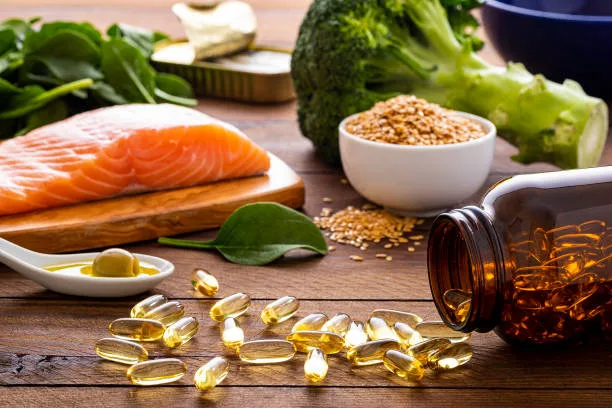
Supercharge Nutrition with Superfoods for Weight Loss
Incorporating more “superfoods” enhances nutrition and accelerates weight loss through their dense nutrients. These superstars provide antioxidants, vitamins, minerals and fiber that promote wellbeing. Some excellent options include:
Quinoa offers substantial plant-based protein, fiber, iron and magnesium. This super grain makes the perfect nutrient-dense substitute for rice in stir-fries, soups and salads.
Kale and other leafy greens burst with nutrients, but kale is truly a superfood standout. Add some to a smoothie or lightly sauté it with garlic and olive oil for a superfood boost.
Berries brim with antioxidants. Strawberries, blueberries and raspberries satisfy sweet cravings while delivering a megadose of nutrition. Keeping frozen berries on hand makes it easy to add them to yogurt, oatmeal or smoothies.
Don’t let their small size fool you – mighty chia seeds pack protein, fiber and omega-3s into each tiny seed. Sprinkling chia onto yogurt, cereal and salads increases nutritional value.
Unique superfoods like acai berries, spirulina and maca root powder also provide health perks. Incorporating these nutritional powerhouses allows us to eat abundantly while staying within calorie targets.
Healthy Fats Can Help with Fullness
For years, dietary fat seemed like the ultimate weight loss enemy. But healthy fats are now recognized as essential for overall wellbeing and effective long-term weight management. Some smart additions include:
Creamy, mild avocados make the perfect addition to salads, sandwiches and spreads. They provide heart-healthy monounsaturated fats, fiber and antioxidants.
Despite their calories and fat content, research indicates nuts may support weight loss when eaten mindfully in moderation. An ounce of almonds, walnuts or pecans makes a nutritious snack.
Drizzling salads, cooked vegetables and fish with extra virgin olive oil provides a dose of monounsaturated fat. Studies connect olive oil intake with reduced risks of heart disease.
Fatty fish like salmon, tuna, sardines and mackerel serve up anti-inflammatory omega-3 fatty acids. Aim for two or three servings per week.
Rather than fearing healthy fats, we can enjoy them judiciously knowing they help us feel satisfied, absorb vitamins and provide energy. Just be mindful of portions when snacking on nuts and oils.
Fiber Fuels Fullness
Fiber promotes weight loss by keeping us feeling fuller longer and controlling blood sugar spikes that can lead to crashes and cravings. Some stellar high-fiber foods include:
Whole grains like brown rice, quinoa, oats and whole grain bread should replace refined grains whenever possible for maximum fiber and nutrients.
Fruits are fabulous fiber sources. Berries, pears, apples and citrus offer sweet fiber, especially when enjoyed whole instead of juiced.
Starchy vegetables including potatoes, sweet potatoes, squash, peas and corn provide filling fiber. Enjoy them whole or mash them for extra benefits.
Beans and legumes like chickpeas, kidney beans, lentils and black beans truly excel in the fiber department. Add them generously to soups, salads and veggie burgers.
Beyond their healthy fats, most nuts and seeds deliver bountiful fiber. Flaxseeds, chia seeds, almonds and pistachios make smart additions to meals and snacks.
Aiming for 25-30 grams of daily fiber from whole foods supports weight loss through optimal digestion and prolonged fullness.
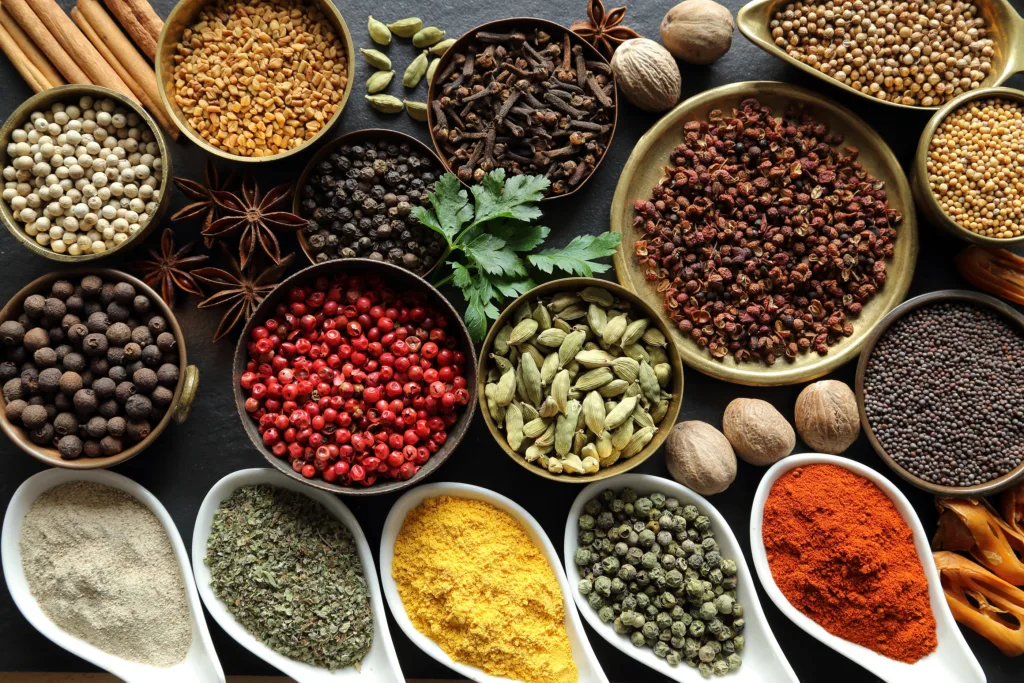
Herbs and Spices Boost Flavor
Here’s a simple way to add flavor without adding calories – use herbs and spices generously! Some tasty options include:
Golden turmeric lends its vibrant hue and anti-inflammatory benefits to curries, soups, roasted vegetables and more. A little goes a long way.
Cinnamon’s sweet and spicy aroma takes oatmeal, baked goods and even savory dishes up a notch. Some research suggests it may also help stabilize blood sugar.
Garlic, in powder or fresh form, enhances the flavor of pastas, marinades, dressings and roasted veggies. It also provides antimicrobial benefits.
Fresh or ground ginger adds zing to smoothies, stir fries, grains and marinades. Its energizing heat supports digestion and immunity.
Sweet or smoky paprika is a quick way to add rich flavor to eggs, chicken, vegetable dishes and salad dressings.
Creating flavorful food by experimenting with various herbs and spices makes healthy eating more exciting.
Stay Hydrated with Herbal Tea
Adequate hydration is essential for overall wellness and effective weight loss. Beyond water, sipping herbal teas offers flavorful hydration. Some nutrient-packed options include:
Green tea makes a great anytime beverage. Its antioxidant EGCG may give metabolism a slight boost when regularly consumed.
Peppermint tea’s refreshing menthol provides a soothing sensation while potentially decreasing hunger. Enjoy first thing in the morning or after dinner.
The light herbal flavor and mild sedative properties of chamomile tea make it the perfect nightcap, relaxing the body for sleep without overeating.
Ginger tea’s invigorating heat stimulates digestion after meals and offers anti-inflammatory benefits. Its bite balances sweet cravings.
Bold, tart hibiscus tea acts as a diuretic to flush out bloating and may help lower blood pressure over time. It can be enjoyed hot or iced.
Sipping herbal teas allows us to stay hydrated without drinking high-calorie sugary beverages. Discover an array of flavors to drink consistently throughout the day.
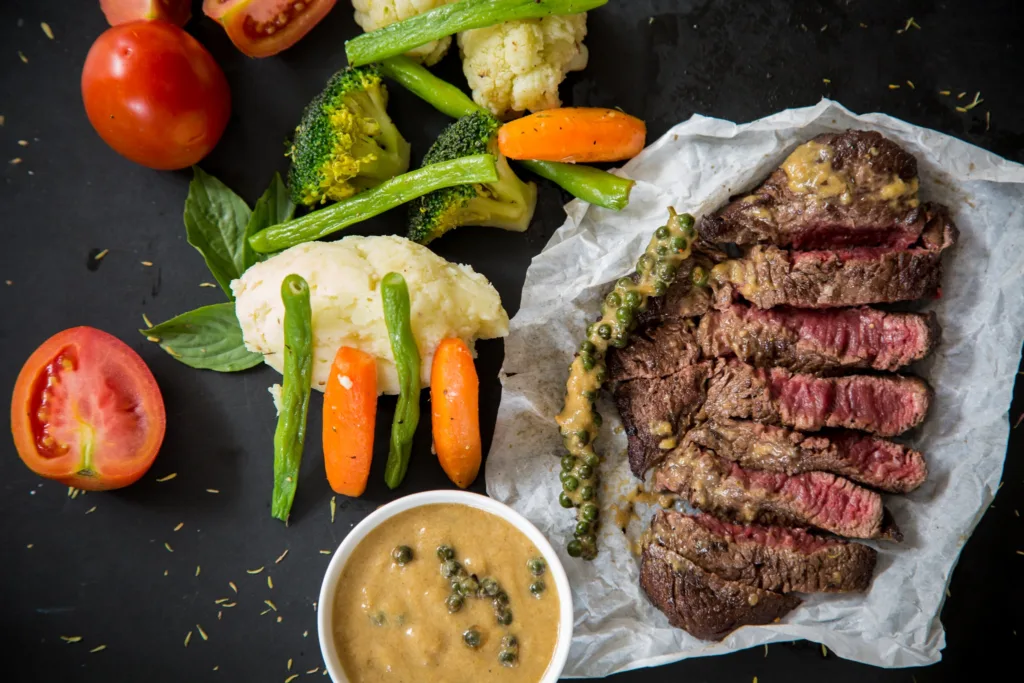
An Occasional Indulgence Won’t Derail Progress
Completely depriving ourselves of ANY treats can often trigger rebound binge eating. The occasional small indulgence in moderation is part of a balanced approach. When cravings arise, choose a high-quality, minimally processed version in a modest portion. Some more nutritious options include:
Dark chocolate with at least 70% cocoa satisfies a sweet tooth with less sugar than milk chocolate and antioxidants to boot. A small square does the trick.
Adding a dollop of organic whipped cream to fresh fruit transforms it into a simple, decadent dessert.
For sweetness with crunch, mix a handful of favorite nuts with a tablespoon of dark chocolate chips. This snack provides protein, healthy fats and antioxidants.
Rather than sugary banana bread, opt for a whole grain zucchini muffin packed with carrots, nuts and seeds for vitamins, minerals and protein.
Frozen yogurt and sorbet made from just fruit, milk and live cultures offer a cool, creamy treat when you crave something sweet. Opt for unsweetened versions.
The goal is avoiding feelings of deprivation while focusing on quality nutrition. Thoughtfully savoring smaller amounts of our favorite treats can absolutely be part of balanced healthy eating.
In Summary
Eating nutritiously for weight loss does not mean subsisting only on bland “diet” foods or constantly battling hunger. Filling our kitchens with delicious whole foods provides the energy our bodies need while setting us up for success. Lean proteins, fiber-rich whole grains, healthy fats and antioxidant-packed superfoods properly nourish our bodies. Herbs, spices and teas add bountiful flavors without excess calories or sodium. An occasional small indulgence helps curb cravings.
With these healthy ingredients providing the foundation for satisfying meals and snacks, we can discover new favorite recipes for lasting weight loss and improved wellbeing. This balanced approach to eating fulfills cravings while delivering true nourishment – giving us the best of both worlds. The possibilities are endless when we get creative in the kitchen and eat flavorfully. Our bodies and taste buds will thank us.
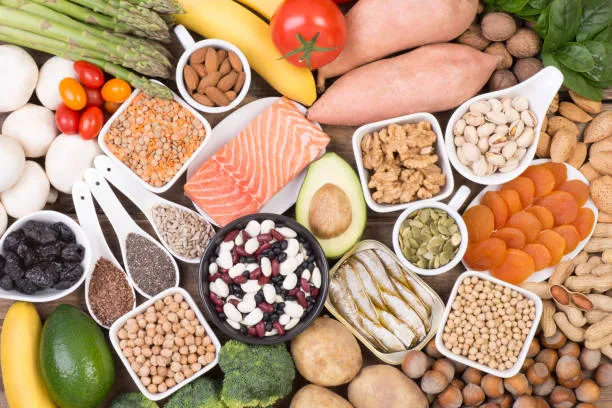
Hungry for More Tips?
I hope these information on healthy weight loss ingredients have sparked some culinary inspiration and given you a solid starting point. Want more recipes, nutrition advice and health tips delivered directly to your inbox? Be sure to subscribe to my free newsletter below!
And explore this blog for additional articles covering topics like stress management, strength training, gut health, immunity boosting and much more. Our mission is providing simple, science-backed advice to help you reach your goals and feel your best.
Wishing you nutritious and delicious meals on your health journey!
Thank you for reading this post, don't forget to subscribe to our free newsletter
!